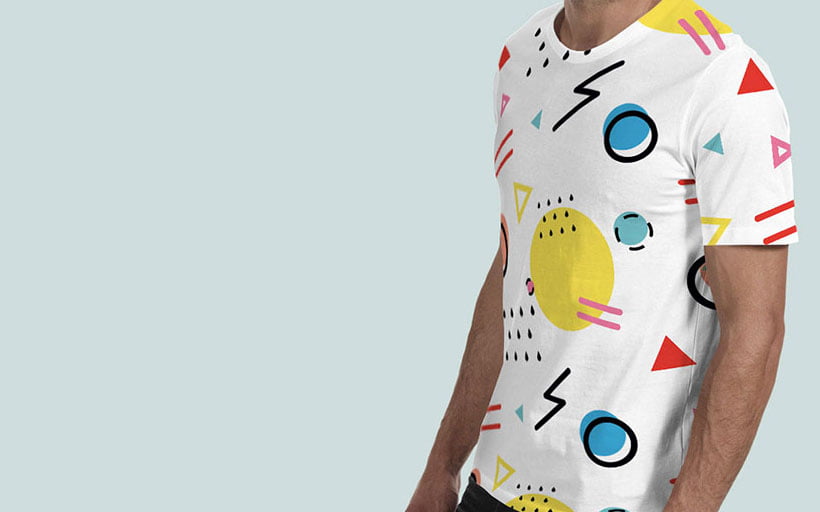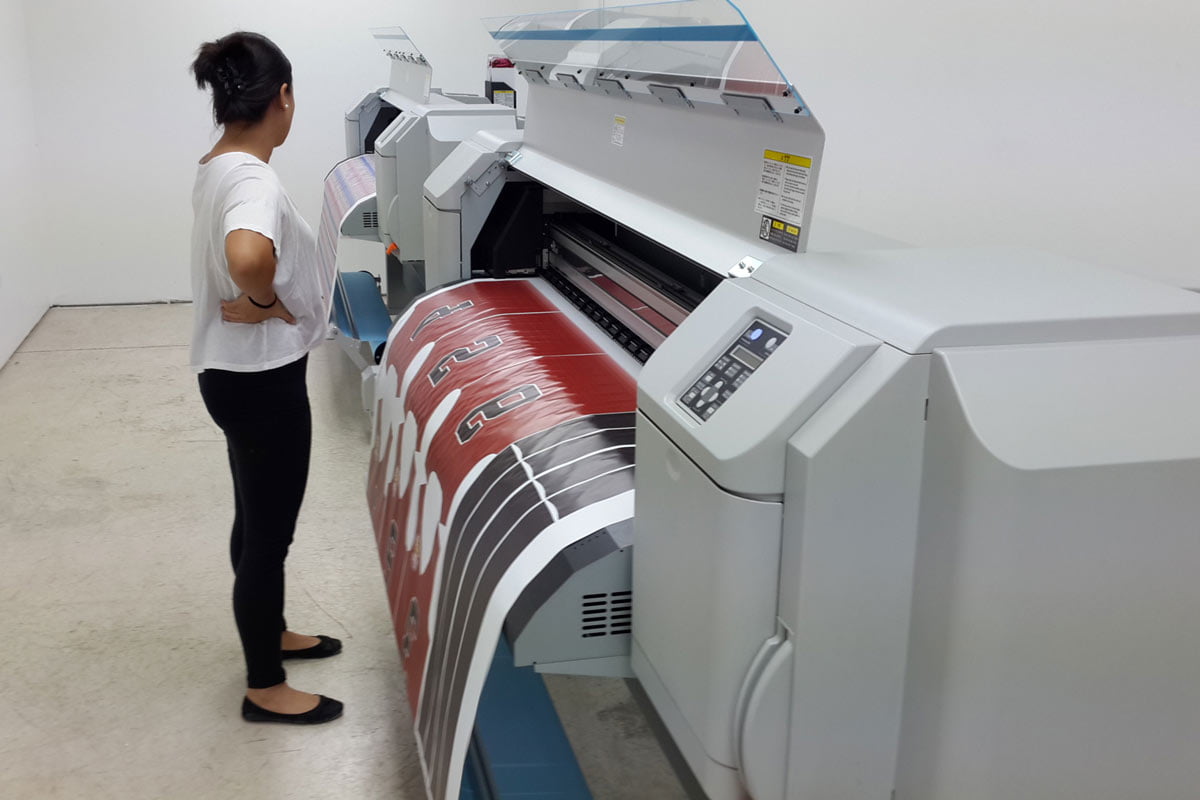Raise Your Styles with DTF Printing: A Comprehensive Overview
Raise Your Styles with DTF Printing: A Comprehensive Overview
Blog Article
Developments in DTF Printing: Exactly How It's Reinventing the Market
The textile printing industry is undergoing a considerable makeover, driven by the advanced advancements in Direct-to-Film (DTF) modern technology. With remarkable ink formulations, boosted film and glue technologies, and the combination of automation, DTF printing offers vivid, long lasting prints on a selection of fabrics, meeting the raising need for modification.
Developments in DTF Technology
Progressing quickly, DTF (Direct-to-Film) printing technology has gone through significant renovations that are transforming the textile market. One of the most remarkable developments is the improvement in print top quality. Modern DTF printers utilize innovative ink formulas that lead to dynamic, sturdy prints with high resolution and color precision. These inks are particularly engineered for compatibility with numerous textile types, guaranteeing constant top quality no matter the material.

Additionally, innovations in movie and glue modern technologies have improved the total application process. New movies supply far better elasticity and adhesion, boosting the durability and washability of the printed designs - sublimation printing. This ensures that the prints preserve their integrity and vibrancy also after multiple laundries
Last but not least, environmental considerations have actually motivated the growth of environmentally friendly DTF remedies. Makers are significantly taking on lasting practices, such as utilizing water-based inks and recyclable movies, lining up with international initiatives to minimize the sector's eco-friendly footprint.
Benefits Over Typical Techniques
When comparing DTF printing to typical methods such as screen printing and direct-to-garment (DTG) printing, numerous distinct advantages arise. Branded clothing. Among one of the most significant benefits is its flexibility in material compatibility. Unlike screen printing, which typically requires details textile types, DTF printing can be related to a wider variety of materials, consisting of cotton, polyester, and blends, without jeopardizing print quality
One more notable advantage is cost-effectiveness, particularly for small to medium-sized orders. Standard display printing ends up being economically practical only at higher quantities as a result of the arrangement costs entailed. On the other hand, DTF printing removes these setup expenditures, making it more inexpensive for smaller sized batches and one-off layouts.
Furthermore, DTF printing succeeds in durability and washability. The prints generated are durable and keep their stability with several laundry cycles, outmatching DTG prints that may break or fade over time. Furthermore, DTF printing uses faster turnaround times. Without the requirement for substantial setup, designs can be published and moved in a portion of the time required for screen printing.

Enhanced Style Abilities
DTF printing offers improved layout abilities that set it apart from typical printing methods. The process entails publishing a style onto an unique movie, which is then transferred to fabric.
Moreover, DTF printing sustains a vast range of fabrics, including cotton, polyester, blends, and see post also non-textile substratums. This convenience opens up doors for imaginative applications in varied industries such as fashion, home decoration, and promotional products. Unlike screen printing, which can be limiting due to shade separation and stencil creation, DTF printing simplifies the process, making photo-realistic and multi-color designs a lot more obtainable.
In addition, DTF printing excels in attaining constant shade accuracy and vibrancy. In significance, DTF printing encourages developers to push the borders of creativity, supplying aesthetically magnificent results that were formerly unattainable.
Cost and Time Efficiency
Among the noteworthy advantages of DTF printing hinges on its cost and time performance, making it a preferred choice for many companies. By getting rid of the requirement for display configurations and substantial pre-production processes, DTF printing significantly minimizes first costs. Unlike typical methods that call for substantial investment in displays and arrangement times, DTF printing allows for direct application onto numerous materials with marginal preparation. This decrease in setup time equates into faster manufacturing cycles, allowing services to satisfy orders a lot more quickly.
Additionally, DTF printing succeeds in creating brief runs and custom orders cost-effectively. The capacity to produce top notch prints without the demand for huge volume commitments lessens waste and optimizes resource allocation. This adaptability is particularly beneficial for small companies and startups that might not have the resources try this web-site to purchase large-scale manufacturing runs.
In regards to functional effectiveness, DTF printing's streamlined process enhances total productivity. The innovation's compatibility with a large range of substrates and fabrics further expands its application range, decreasing the need for multiple printing systems. Companies can accomplish a faster turn-around time, improving customer contentment and competitiveness in the market. Thus, DTF printing attracts attention as a transformative option in the printing sector.
Future Trends in DTF Printing
Preparing for future patterns in DTF printing reveals a landscape marked by fast technical developments and boosted market demand (Branded clothing). One considerable pattern is the integration of expert system (AI) and artificial intelligence algorithms to enhance print high quality and streamline procedures. AI-driven systems can forecast potential issues and change setups in real-time, guaranteeing consistently top quality result
Furthermore, improvements in lasting materials and eco-friendly inks are expected to obtain grip. As environmental worries come to be extra pressing, the sector is likely to see a shift towards safe and eco-friendly inks, decreasing its eco-friendly impact.
Personalization and customization will also play an essential duty. With the expanding customer need for special, personalized items, DTF printing modern technologies are evolving to use even more in-depth and intricate customization choices. This pattern is sustained by boosted software services that permit more complex and innovative styles.
Finally, the integration of DTF printing with other digital systems and e-commerce solutions will certainly come to be much more smooth. This connectivity will make it possible for services to use on-demand printing solutions directly to customers, further driving growth in the sector. These trends collectively highlight a future where DTF printing not just satisfies yet goes beyond the advancing demands of the marketplace.
Conclusion

When contrasting DTF printing to standard approaches such as display printing and direct-to-garment (DTG) printing, numerous distinct benefits arise. Unlike display printing, which often requires particular material types, DTF printing can be used to a more comprehensive range of products, consisting of cotton, polyester, and blends, without endangering print top quality.
DTF printing uses enhanced design capacities that establish it apart from standard printing techniques. Thus, DTF printing stands out as a transformative option in anonymous the printing market.
Developments in DTF printing dramatically enhance the textile printing market by offering premium print versatility, top quality, and efficiency.
Report this page